| RECENT POSTS DATE 11/30/2025 DATE 11/27/2025 DATE 11/24/2025 DATE 11/22/2025 DATE 11/20/2025 DATE 11/18/2025 DATE 11/17/2025 DATE 11/15/2025 DATE 11/15/2025 DATE 11/14/2025 DATE 11/13/2025 DATE 11/13/2025 DATE 11/13/2025
| | |  CORY REYNOLDS | DATE 8/6/2015In the Walker Art Center's deeply researched yet exuberant new survey, all of the important centers of global Pop art are investigated and interwoven. In her essay on Pop and Politics in Brazilian Art, Claudia Calirman writes, "Despite… protestations, the similarities between Brazilian New Figuration and U.S. Pop art are undeniable. Both drew on images from their countries’ popular culture, appropriating from the mass media, including advertising and comic books. Both engaged with celebrity icons, criticized as well as celebrated consumer society, and denounced the elitism of 'high' art while embracing the banality of everyday life. And both explored urban themes. Stylistically, the two movements favored industrial paint, spray guns, graphic design, and mass-production techniques. The difference, according to critics of the time, lay in the political urgency of the Brazilian works—the way they addressed the country’s social realities and developed a critical view of consumer capitalism… In 'Homenagem séc. XX/XXI (20th/21st Century Tribute)' (1967), Antônio Henrique Amaral places the face of a general over a U.S. flag; his military insignias form a line along the bottom of the canvas. The general’s four open mouths, with their protruding red tongues, refer to the empty language of the dictatorship." Walker Art Center
Hbk, 9 x 11.75 in. / 352 pgs / 230 color / 115 b&w. $85.00 free shipping
 DATE 11/22/2025  DATE 11/20/2025  DATE 11/18/2025  DATE 11/13/2025 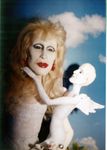 DATE 11/7/2025 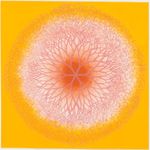 DATE 11/4/2025  DATE 11/2/2025 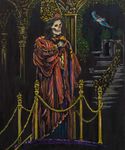 DATE 10/31/2025  DATE 10/28/2025 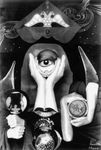 DATE 10/23/2025  DATE 10/22/2025  DATE 10/22/2025  DATE 10/21/2025  DATE 10/20/2025  DATE 10/16/2025  DATE 10/14/2025  DATE 10/11/2025  DATE 10/7/2025  DATE 10/6/2025 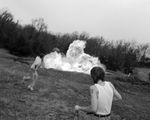 DATE 10/3/2025  DATE 10/1/2025  DATE 9/23/2025 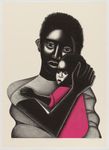 DATE 9/21/2025 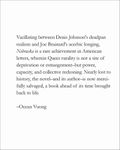 DATE 9/17/2025  DATE 9/10/2025  DATE 9/6/2025  DATE 9/4/2025  DATE 9/2/2025  DATE 9/1/2025  DATE 8/27/2025  DATE 8/25/2025  DATE 8/23/2025  DATE 8/21/2025  DATE 8/18/2025  DATE 8/15/2025  DATE 8/12/2025  DATE 8/9/2025  DATE 8/6/2025 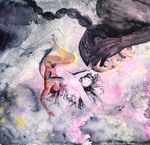 DATE 8/5/2025  DATE 7/31/2025  DATE 7/28/2025  DATE 7/25/2025  DATE 7/21/2025  DATE 7/18/2025  DATE 7/11/2025  DATE 7/3/2025  DATE 6/30/2025  DATE 6/26/2025  DATE 6/22/2025  DATE 6/20/2025  DATE 6/13/2025  DATE 6/12/2025  DATE 6/9/2025  DATE 6/5/2025  DATE 6/1/2025  DATE 5/29/2025  DATE 5/28/2025  DATE 5/23/2025  DATE 5/20/2025  DATE 5/16/2025  DATE 5/12/2025  DATE 5/8/2025  DATE 5/6/2025  DATE 5/4/2025  DATE 5/1/2025  DATE 4/24/2025  DATE 4/21/2025  DATE 4/17/2025  DATE 4/14/2025  DATE 4/10/2025  DATE 4/8/2025  DATE 3/31/2025  DATE 3/27/2025  DATE 3/27/2025  DATE 3/20/2025  DATE 3/18/2025  DATE 3/16/2025  DATE 3/15/2025  DATE 3/13/2025  DATE 3/9/2025  DATE 2/19/2025  DATE 2/18/2025 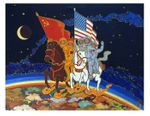 DATE 2/17/2025 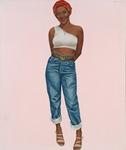 DATE 2/15/2025  DATE 2/14/2025  DATE 1/26/2025  DATE 1/20/2025 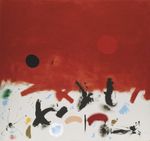 DATE 1/15/2025  DATE 1/14/2025  DATE 1/9/2025 |
|